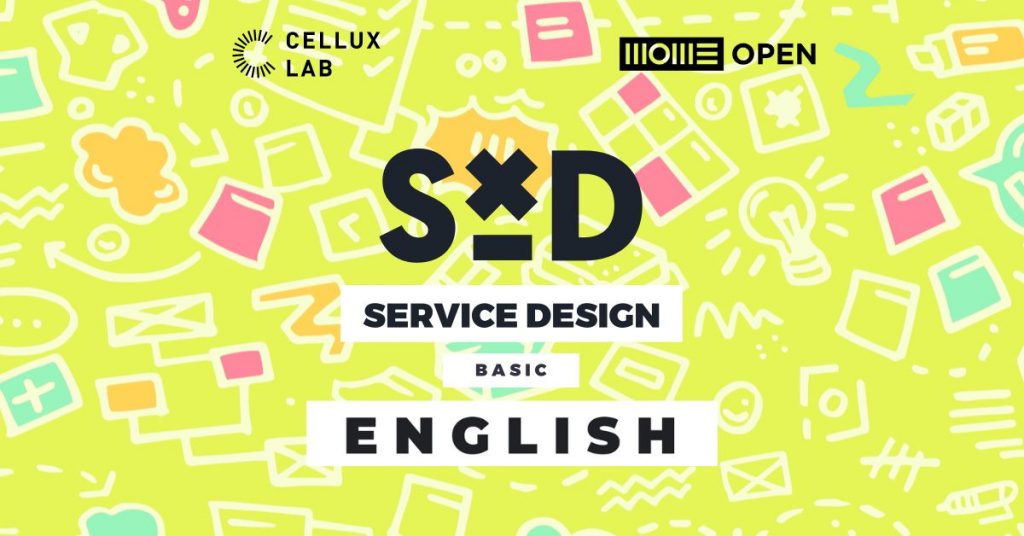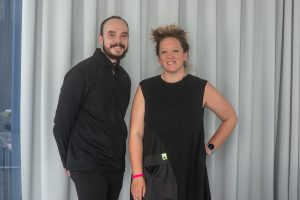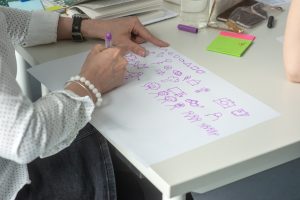
Design always approaches the problem from the user’s side. However, since a service is usually a complex system, we need to be informed not only about one user group, but about all stakeholders in order to design convenient and efficient processes that meet their needs. To do this, we often involve stakeholders directly in the design process and design systems together, using a variety of visualisation tools and creative techniques to make teamwork more efficient.

More and more companies, organisations and institutions are recognising that creative problem-solving tools and human-centred, user-centred thinking are useful both at a strategic level and in everyday work. When this course was launched, Service Design was not yet a common concept in Hungary, and I believe that MOME Open courses have contributed – and continue to contribute – to the building of this profession in this country.

During the training, participants will have the opportunity to develop a concrete service on a topic of their choice in teams of 4-5 people. All the main tools (stakeholder map, persona zone, journey map, prototyping, brainstorming techniques, touchpoint matrix, service blueprint, value flow, etc.) will be tested during the project. In the theoretical blocks, several case studies and examples will be presented, so that the techniques that prove to be effective can be confidently applied later on in everyday workflows, either independently or in a team.

Of course, no one will be a „complete” service designer after the basic training, but the course will help you get started on this path, or if that is not your goal, give you a toolkit to do your job more effectively.